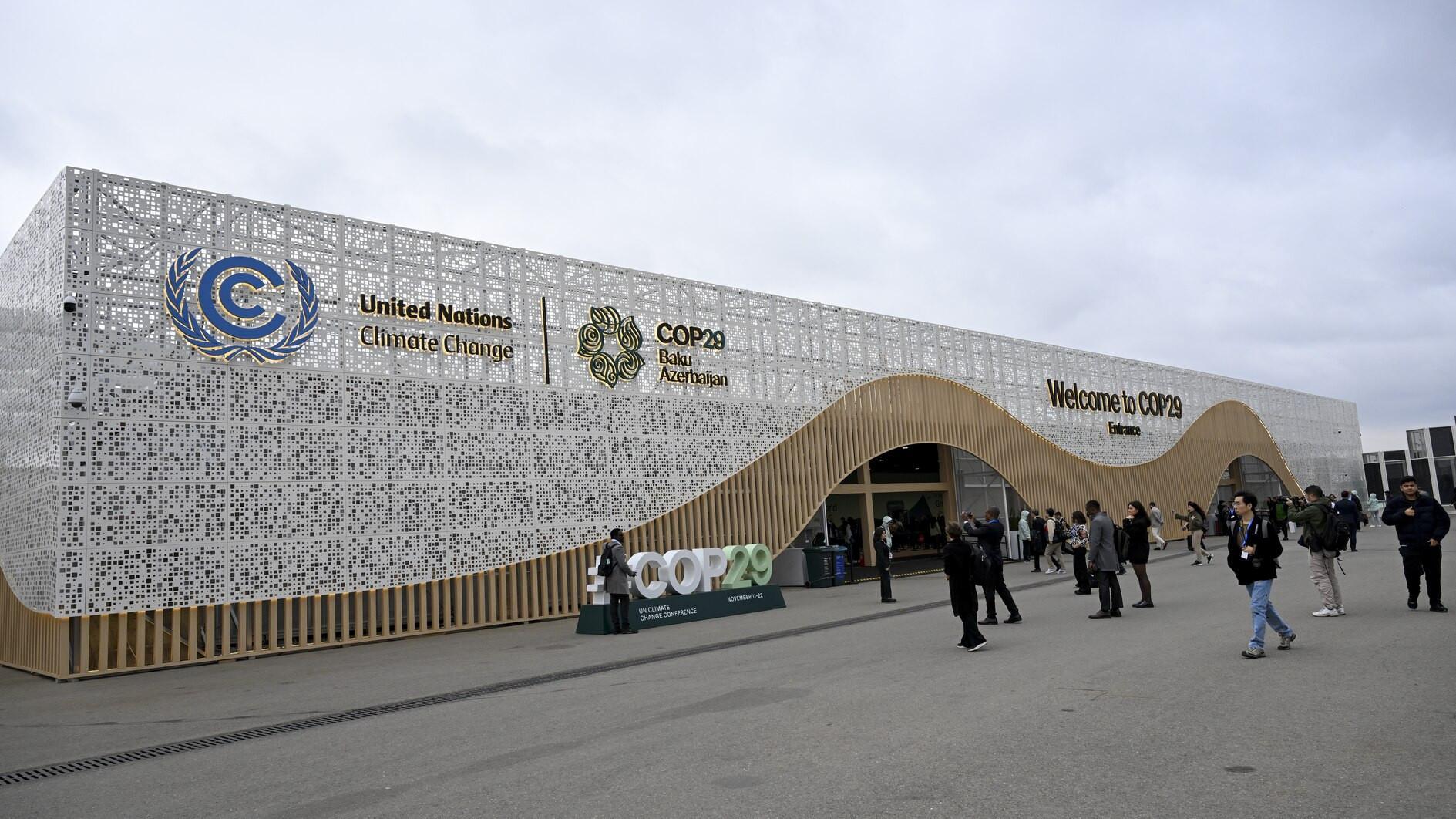Fines to be levied for taking sand, clay from Lake Salda
BURDUR

Measures to protect Lake Salda, which has been reputed as “Turkey’s Maldives” with its white sand and clear water, have been tightened after images that went viral on social media caused nationwide disturbance.
Mud baths will not be allowed in the White Islands and public beach areas and removing clay and sand from the bottom of the lake and the beach will be prohibited to protect the natural structure of the lake, located in the southwestern province of Burdur.
An administrative fine of 392 Turkish Liras ($53) will be imposed by gendarmerie teams to people who take clay from the lake site, which is causing the beach to deepen. Fines will also be imposed on people who smoke around the lake.
The photos of the mud pits opened on the beach of the lake, where thousands of people flocked over the weekend, have caused a reaction on social media.
Lake Salda is the only known lake on Earth that contains the carbonates and depositional features (deltas) similar to those found at Jezero Crater on Mars.
Apart from the fines, all kinds of illegal temporary structures, tents and container-type buildings were removed from the areas near the lake.
Using cosmetic products such as shampoo and soap in the lake and shower areas, consuming food and beverages, setting up sunbeds and tents and having picnics on the beach are strictly prohibited.
Thanks to the protection measures taken in and around the lake, the water quality has increased incredibly.
The Salda Lake Nature Park, previously spread over 120 acres, now sits on 570 acres of land, which expanded last year.
Nongovernmental organizations (NGOs) and universities started researching biodiversity in and around Lake Salda.
According to the results of the studies, gradually limiting access to the White Islands section and stepping on the sand are also being planned.
Lake Salda was declared first and second-degree “Natural Protected Area” in 1989 and a “Special Environmental Protection Area” in 2019.
















